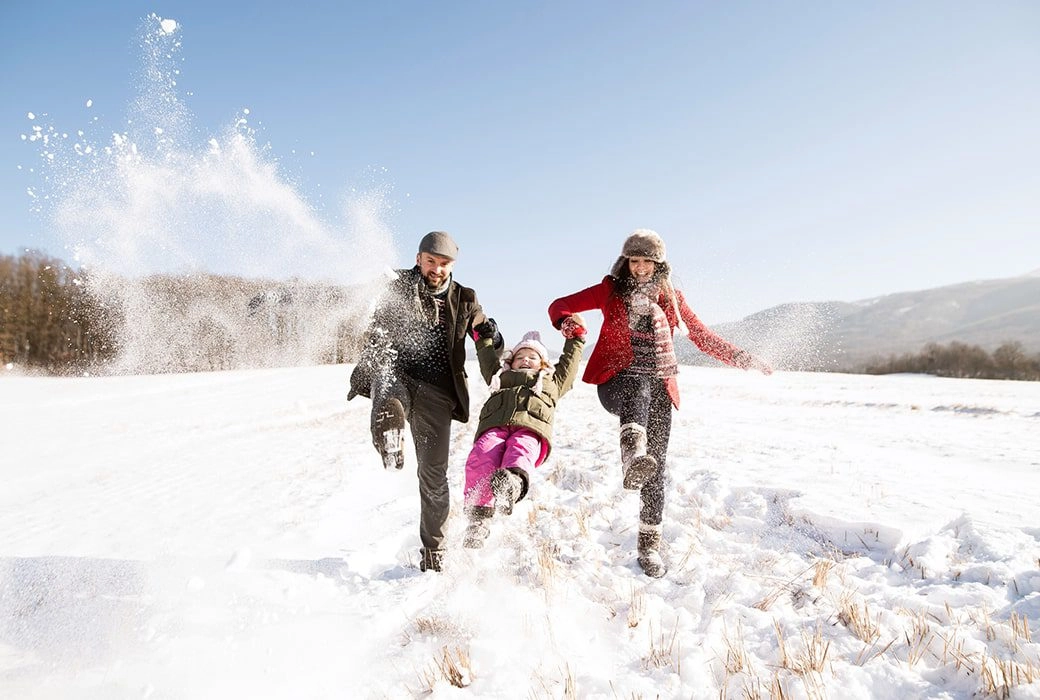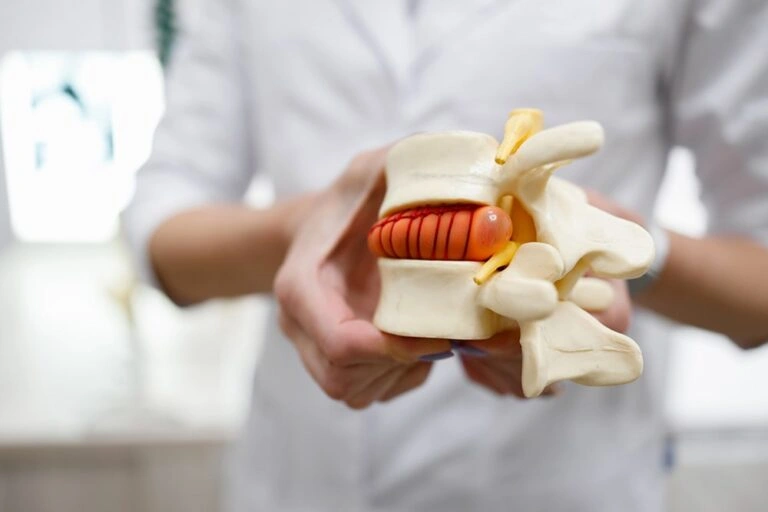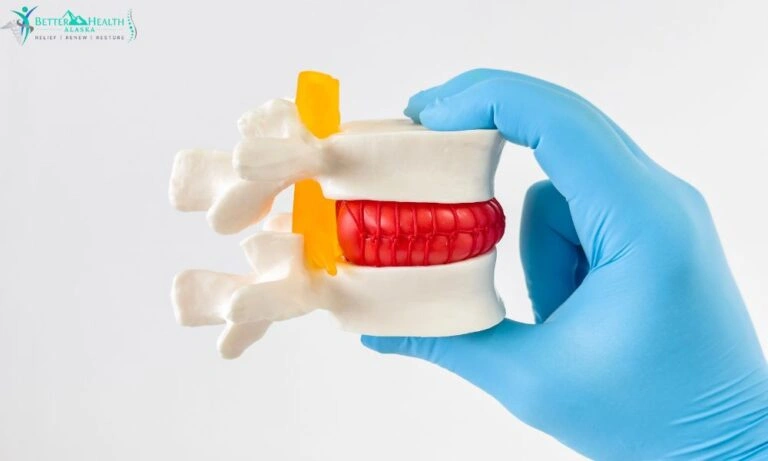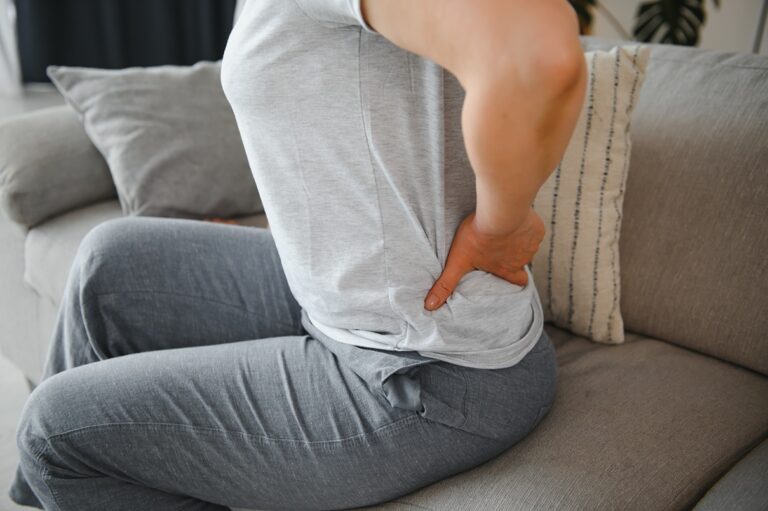Winter is here, and everyone is so excited about all the upcoming events that winter brings; the holidays, winter sports, playing with your kids in the snow, parties and get togethers, the enjoyable things to do in the winter seem endless. That is, unless you suffer from back pain due to cold air.
Most people with back pain or sciatica say that cold weather or barometric pressure and back pain go hand in hand, that you can’t have one without the other, but is this really true or just an old wives’ tale?
A study done in 2012 in Sweden found that construction workers who worked in cold weather had more complaints about neck and back pain than those who worked in warm temperatures.
While the connection between cold weather muscle pain, back pain, and neck pain is not fully understood, some of the reasons behind this are believed to be:
- Overly sensitive nerves, which detect a drop-in air pressure
- Physical stress, such as shoveling snow or slipping on icy walkways
- Cold muscles are tight muscles, which can be more easily damaged or put more pressure on sensitive areas, such as the sciatic nerve
Stiffness is also a problem many people deal with. When it is colder outside, our bodies are slower to release oxygen from the bloodstream. This lack of abundant, fresh oxygen also makes it harder for you muscles to contract, which we feel as stiffness. This is another reason why keeping your body warm will help prevent pain and the stiffness we often feel this time of year.
Does Cold Weather Affect a Herniated Disc?
We are often asked this question and the answer is yes. For the same reasons mentioned above, cold, tight muscles will pull on the spine, causing pain to already sensitive nerves. Nerve endings also seem to be more sensitive to cold temperatures, adding to your misery.
Follow the steps below to help prevent back pain, herniated disc pain, and other types of joint pain.
Step One – Stay Warm
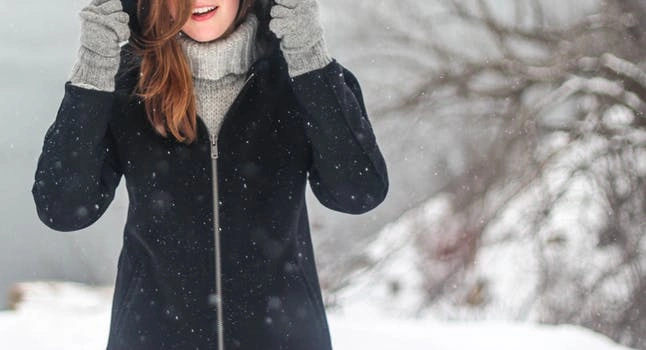
It is far better to overdress in layers than to under dress. Cold muscles are more easily damaged by what would usually be normal activities. When our muscles are cold, they also become tighter and the connective tissue, such as ligaments and tendons, become shorter and less flexible. This can easily lead to spinal joints being pulled out of place.
Most Alaskans know how to dress in layers, but we often feel as though we have “become accustomed” to tolerating lower temps. If you experience backaches because of cold exposure, you should bundle up. As you warm up, you can always remove layers.
You might want to try warming patches that are available in most pharmacies. These can keep your back muscles warm and flexible for hours. There are also battery powered vests that provide warmth if you need to be outdoors for long periods of time.
Weather changes are unavoidable but taking steps to stay warm can help you avoid an aching back due to the cold.
Step Two – Stay Active
When temps dip or the weather is just downright ugly, it can be easy to just crawl under a blanket and hit up a Twilight marathon. While this is OK every now and then, making this a habit will only make your back pain worse in the long run. Muscles that are weak from lack of use will not support your spine and will often lead to injury.
Invest in a stationary bicycle or even an exercise video and mat so you can get in some exercise even when the weather outside is frightful! Join a gym, meet a friend and walk laps around a shopping center, or use a heated indoor pool if you can. Stay in shape outdoors with these activities in Anchorage!
Don’t forget to stretch, stretch, stretch! Before heading outdoors, exercising, or doing just about anything in cold weather, be sure you spend a few minutes to warm up your muscles and stretch so you don’t injure yourself. You can also enjoy these indoor activities.
Don’t forget that any exercise you get is better than no exercise at all, so dancing in the living room with your kids? Yep! That counts!
Step Three – Good Planning
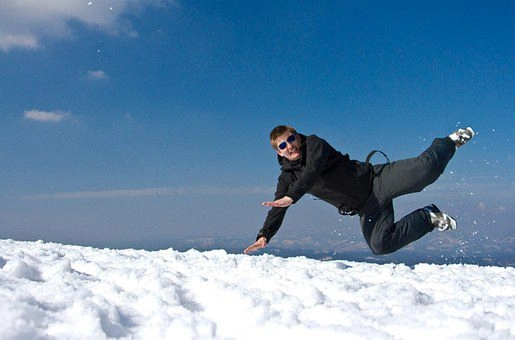
Believe it or not, some basic pre-planning can help prevent back pain or sciatic pain before it even gets started. Think of back pain like a tiger in a cage. It’s far easier to keep a tiger in its cage than trying to put a loose tiger back in the cage! Some great pre-planning ideas include:
- Buy an automated thermostat for your home. Set it so the house is already warm when you expect to arrive.
- Take a very warm shower before you leave for work, so your body is already warm
- Heat up your car ahead of time. While this isn’t always possible, letting the heater run in your car 15-20 minutes before you leave means your back never has a chance to get cold.
- Know your limits. If you can only stay outside for an hour before your back begins to ache, make plans to either shorten your time outside, or use a warming pad that will keep your muscles warm and flexible.
- Buy good shoes/boots that offer superior traction and warmth. Slipping on ice or snow is a sure way to injure your back.
- Invest in a bed warmer and/or electric blankets.
- Use a heater in your bathroom
- Spend a few minutes stretching and warming up before you shovel snow
Just a bit of pre-planning can go a long way towards stopping back pain before it begins.
Step Four – Eat a Healthy Anti-Inflammatory Diet

If you don’t already know it, inflammation is painful, and some foods actually cause inflammation while others fight it.
Fight inflammation by not giving in to the wide variety of holiday snacks, candy, cakes, fudge, and cookies. Moderation is the key here, so feel free to enjoy one of grandma’s cookies, but don’t take home a plate filled with them!
Focus on eating an anti-inflammatory diet, which includes lots of fresh vegetables, fruit, whole grains, lean cuts of organic meats, nuts, and healthy fats like avocados.
Other foods you should avoid include fried anything, margarines or other foods with trans-fats, sugary drinks or foods, highly processed foods, and junk foods such as potato chips.
You might also want to consider speaking to your doctor, pharmacist, or chiropractor about consuming some anti-inflammatory supplements like green tea extract, curcumin, and ginger.
Step Five – See Your Chiropractor Regularly
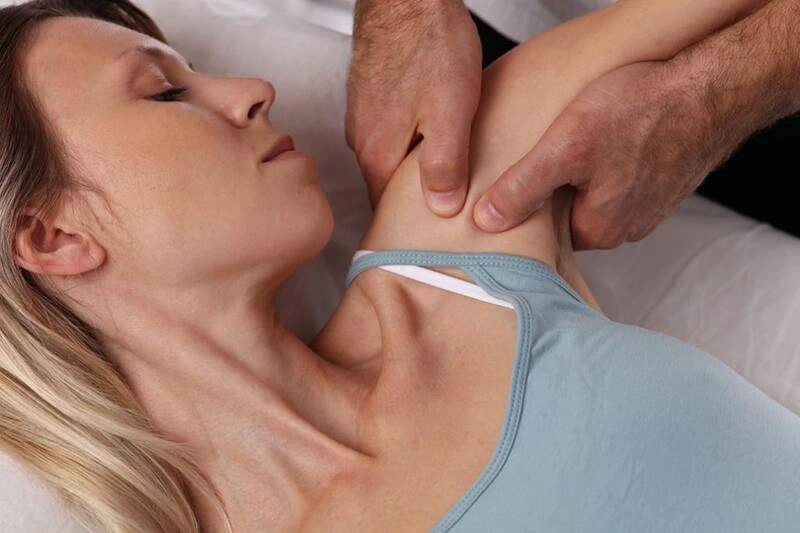
Most people would agree that you can avoid a great deal of pain by seeing your dentist regularly, so why wouldn’t the same be true of your chiropractor and back pain?
Regular adjustments, treating issues before they become a problem, and chiropractic massage can help prevent winter time back pain. Your chiropractor can also offer some valuable advice when it comes to lifting, shoveling, winter sports, and other ways you can avoid injuring your back.
As an expert in the musculoskeletal system of the body, your chiropractor is the most qualified healthcare professional to determine if you might have a problem with your spine that is causing you pain or if you simply need to learn a new way to deal with a cold weather-related issue.
Your chiropractor can show you correct posture, check the alignment of your spine, and even design exercises that will diminish stiffness and/or pain based on your needs.
Keep your spine healthy and working at its optimum during the winter months by seeking out regular chiropractor care.
Other Helpful Tips
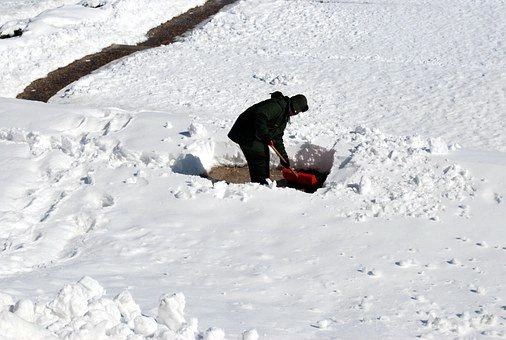
Some have speculated that we feel more pain in the winter months due to depression, lack of sunlight, excessive alcohol consumption, and lack of exercise. Try some of the following tips:
- Avoid SAD (Seasonal Affective Disorder) with indoor lights that mimic natural sunlight
- If you shovel snow frequently, check out the new ergonomic shovels that are now available
- Avoid the over-consumption of alcohol
- Try yoga and meditation
- Avoid a diet heavy in carbohydrates
- Stay in touch with family and friends
- Stay hydrated
- Get your annual flu shot
- Drink hot beverages, such as herbal teas, to help keep you warm
Remedy for Back Pain Due to Cold Weather
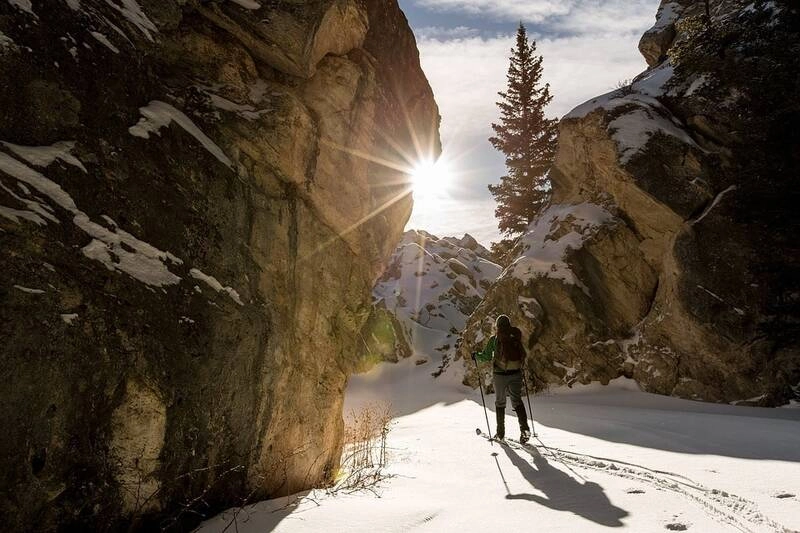
The best remedy for back pain due to cold weather is to take care of yourself all year long. As the saying goes, an ounce of prevention is worth a pound of cure. Staying active, eating a health diet, quitting smoking, don’t drink to excess, and performing regular health maintenance check ups through your doctor, dentist, and chiropractor is the best remedy on earth for just about anything life throws at you, including back pain.
There are many factors within your control when it comes to back pain and cold weather. Chiropractic care is one of the best ways to prevent back pain and even strengthen your immune system, so you don’t fall victim to illness.
If you found this article helpful, please feel free to pass it along via social media or email.
If you are experiencing pain, we encourage you to call our office for an appointment. You can also make an appointment online by clicking here.
We are open late, offer same day appointments, and will gladly check with your insurance regarding coverage. If you have no insurance, please read this article for helpful advice.
The chiropractors at Better Health Chiropractic in Alaska believe that no one should have to live with pain. We care about your health, so call us today for an appointment and enjoy this winter, instead of dreading it!


